Kohwun Garden (고운식물원)
0m 26819 2020-08-28
398-23, Singmurwon-gil, Cheongyang-gun, Chungcheongnam-do
+82-41-943-6245
Kohwun Garden opened on April 28, 2003, following the collection, planting, and cultivation of a wide range of plants and trees over a twelve-year period. The garden is about 200,000 ㎡, and the half of the area is used for educational purposes for both professionals and non-professionals alike. It is home to at least 15 rare or endangered plant species including Miseonnamu (Abeliophyllum distichum Nakai) and Euryale ferox Salisbury, in addition to nearly 4,500 species of plant genetic resources.
Daeil Restaurant (대일식당)
3.9 Km 0 2024-03-11
334 Guyong-gil, Namyang-myeon, Cheongyang-gun, Chungcheongnam-do
This eatery is celebrated as a true local dining spot, where the ambiance brings one back to a bygone era through its interior and exterior design. It’s a baekban (set menu) restaurant that offers a hearty spread of Korean side dishes, soup (or jjigae), and rice. The menu keeps it simple with three distinct jjigae options: soft bean curd jjigae, known for its delicate texture; a robust soybean paste jjigae, simmered with savory soybean paste; and a zesty kimchi jjigae, renowned for its spicy excellence. Jjigae, a staple in Korean cuisine, pairs perfectly with rice and is a common feature at the Korean dinner table. Here, diners are invited to savor the authentic flavors of Korean home cooking. Notably, this restaurant has earned accolades for its moderately seasoned dishes that avoid overuse of spices, ensuring the flavors are palatable without being overpowering. Be mindful that during peak hours, like weekday lunchtimes, there may be a wait or the restaurant may be sold out of certain items due to popularity.
Cheongyang Daracgol Julmudeom Holy Site (청양 다락골 줄무덤 성지)
6.2 Km 8051 2020-06-25
78-6, Darakgol-gil, Cheongyang-gun, Chungcheongnam-do
+82-41-943-8123
Julmudeom refers to the unmarked graves of anonymous Catholic martyrs in Darakgol, Cheongyang in Chungcheongnam-do. Darakgol is also the birthplace of St. Choi Gyeong-hwan and Choi Yang-eop (the second Catholic priest in Korea) was also martyred in Gwacheon, Gyeonggi-do. Because the grave is of more than one individual, it was given the name Julmudeom (group graveyard).
Although the exact number of martyrs and their exact cause of death is unknown, they were buried by family resulting in the 37 mounds in three sections. In 1982, Cheongyang Cathedral established monuments to commemorate the unidentified martyrs, and Julmudeom became a well-known site for Catholic pilgrimages. In 1986, the remains of St. Choi Gyeong-hwan Francisco were relocated to the Jeoldusan Martyrs’ Shrine reducing the total number of mounds at Julmudeom to 36.
Chilgapsan Recreational Forest (칠갑산자연휴양림)
7.4 Km 19732 2021-10-28
668-103, Chilgapsal-ro, Cheongyang-gun, Chungcheongnam-do
+82-41-940-2428
Chilgapsan Recreational Forest opened in 1990 within a lush natural forest. The park offers many amenities to enjoy a relaxing time in nature. Overnight guests can stay in a cabin, complete with heating, a kitchen, and shower, or camp in the campground. The forest is also capable of hosting retreats, with training buildings and a lecture hall. Day visitors can enjoy the many walking trails and hiking paths, as well as a water playground and observation decks. The forest is located next to Chilgapsan Provincial Park, with many valleys in the area for more time in nature, as well as Cheonjangho Lake and Modeoksa Temple.
Boryeong Eunhaeng (Ginkgo) Village (보령 은행마을)
7.6 Km 2247 2015-01-20
150-65, Oseosan-gil, Cheongna-myeon, Boryeong-si, Chungcheongnam-do
+82-70-7845-5060
In Boryeong-si, Chungcheongnam-do, Boryeong Eunhaeng (Ginkgo) Village is filled with ginkgo trees. It is also called “Cheongna Eunghaeng Maeul” (청라 은행 마을) and “Green Rural Tourism Village” (녹색농촌체험마을).
Upon entering the village, murals can be seen, which are enhanced by ginkgo trees throughout the village, particularly in autumn when they change a dazzling yellow.
The village uses Janghyeon Elementary School, which closed in 1991, as a market place and local experience venue. Permanent hands-on programs and seasonal countryside activities, making a mosaic with ginkgo leaves, and shaking and gathering ginkgo leaves are also available.
Oseosan National Recreational Forest (국립 오서산자연휴양림)
8.1 Km 11305 2022-07-22
531, Oseosan-gil, Boryeong-si, Chungcheongnam-do
+82-41-936-5465
Oseosan National Recreational Forest was opened on September 22, 2001 around Myeongdaegyegok Valley in Boryeong-si, Chungcheongnam-do. The area is separated from the city area, making it perfect for peaceful retreats into nature. There is a training center and many walking paths through the forest. The trail leading to the summit of Oseosan Mountain is popular among families and couples for its view of the sunset.
Baekje Cultural Museum (백제문화체험박물관)
8.2 Km 821 2024-02-23
43-24 Janggok-gil, Daechi-myeon, Cheongyang-gun, Chungcheongnam-do
Designed to mimic the traditional kilns of the Baekje period, the Baekje Cultural Museum is a unique space that blends historical elegance with immersive exhibits. It showcases five key masterpieces: the historic Baekje kiln site that’s over 1,500 years old, exquisite blue tiles, an evocative painting of Choi Ik-hyeon's exile, an intricate rubbing of the Confucius statue, and a resplendent golden turtle. Additionally, the museum offers a variety of interactive centers like a gold mine exploration area, an agricultural culture center, an exhibition hall that transports viewers back to the 1960s. There are also Han Sang-don Memorial Hall, Yoo Sang-ok Donation Room, and Jeongseung Park. On weekends, the museum becomes even more lively, offering hands-on activities such as pottery and cup making, as well as the chance to dress in traditional Baekje attire.
Chilgapsan Jangseung Park (칠갑산 장승공원)
8.4 Km 11416 2021-08-18
Janggok-ri, Cheongyang-gun, Chungcheongnam-do
+82-41-940-2194
Jangseung Park on Chilgapsan Mountain is the largest preservation area for "jangseungs," the ancient wooden or stone totem poles that were usually placed at the village entrance to ward off evil spirits. It was established in May 1999 to counter the dwindling awareness of the artifacts, and houses some of Korea's tallest jangseungs (11.5 m) as well as replicas of indigenous totem poles from across the world. Today, it continues to host the Annual Chilgapsan Mountain Jangseung Festival, and serves as an important site of Korean history learning.
Boryeong Spring Cool Tunnel & Rest Area (보령 냉풍욕장)
10.2 Km 41415 2024-02-21
190 Naengpungyokjang-gil, Cheongna-myeon, Boryeong-si, Chungcheongnam-do
Boryeong Spring Cool Tunnel & Rest Area is located on the slopes of Seongjusan Mountain in Boryeong-si, originally an abandoned mine that extended underground for hundreds of meters. Even in the summer when temperatures soar above 30°C, the cool breeze here maintains around 12°C, making it cooler when the outside temperature is high. Dishes made from button mushrooms cultivated using the abandoned mine are also available for dining.
Hongseong Jeongamsa Temple (정암사 (홍성))
10.9 Km 8355 2021-03-12
652, Oseo-gil, Hongseong-gun, Chungcheongnam-do
+82-41-641-0488
Jeongamsa Temple is a small rural temple situated halfway up Oseosan Mountain. There are few existing records that mention the temple’s beginning. Some suggest that it was built around AD 527 during the 5th year of Baekje King Seongwang’s reign, but there is little evidence to support this theory. The only reference alluding to a specific time is Yeojidoseo ("Detailed Survey of Korean Geography" published during the late Joseon dynasty). It states Jeongamsa Temple's location as on Oseosan Mountain, and Oseosan Mountain being surrounded by Hongsan Mountain and Baegwolsan Mountain and intersected by Hongju, Gyeolseong, and Boryeong. This indicates the temple was recognized in the mid-18th century and around the same time, Garamgo (a book about temples, published in the late 18th century) also states that Jeongamsa Temple is located approximately 11 kilometers to the east of Gyeolseonghyeon. It is still uncertain whether the temple referred to is Jeongamsa Temple on Oseosan Mountain.
Some foundation stones within the temple site measure 70-80 centimeters on each side. These stones indicate that the old Buddhist shrine of Jeongamsa Temple was laid out with five kan (Korean unit of measurement indicating the space between two pilars) at the front and three kan on the side. Future archaeological studies will help identify the true history of Jeongamsa Temple.
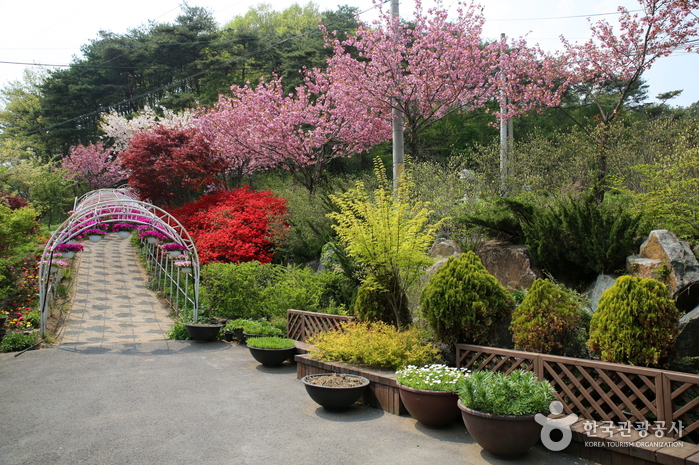
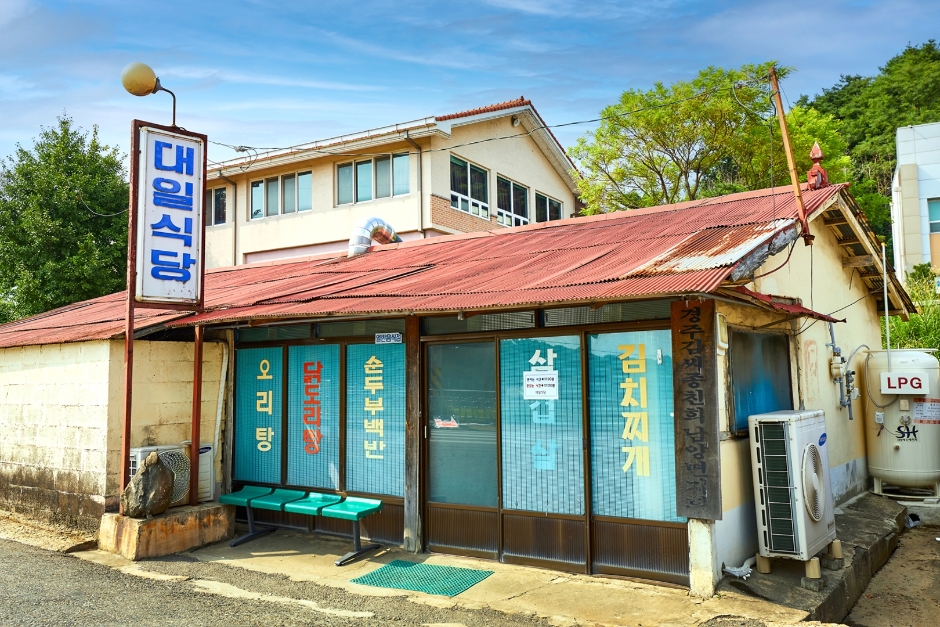
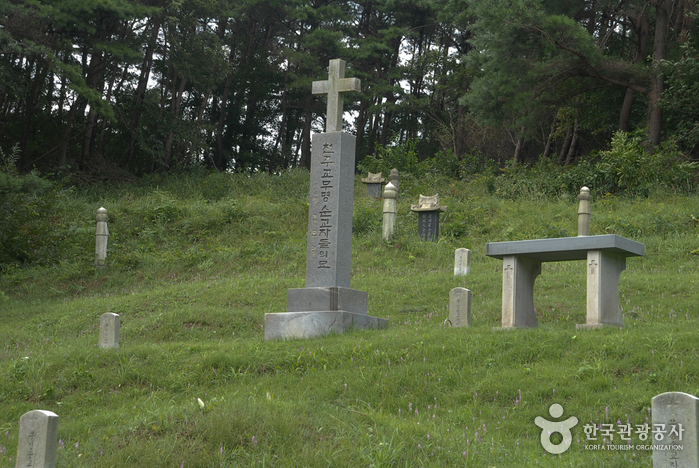
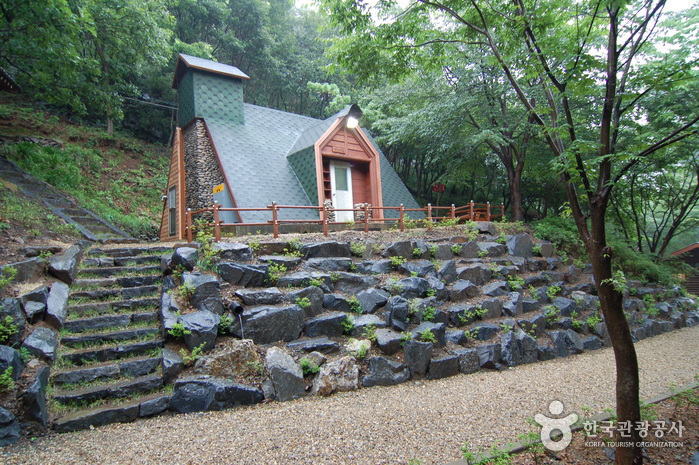

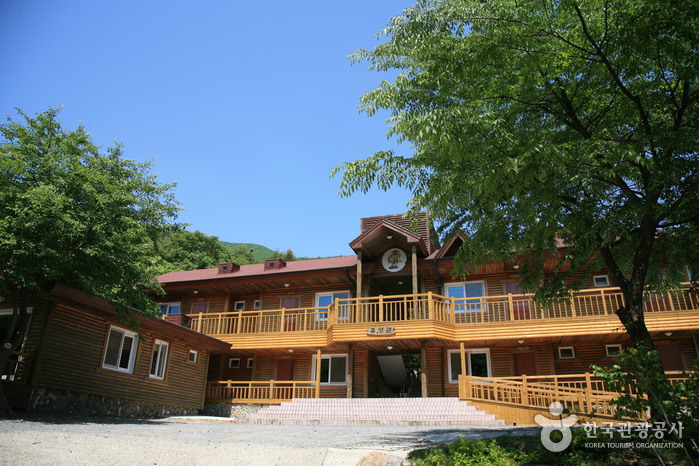
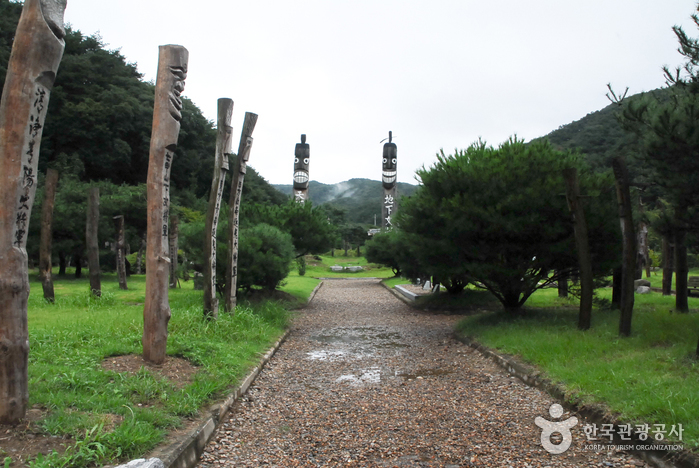
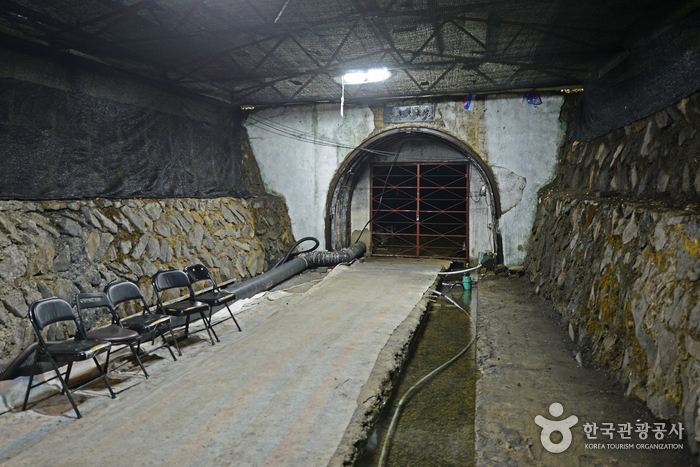
 English
English
 한국어
한국어 日本語
日本語 中文(简体)
中文(简体) Deutsch
Deutsch Français
Français Español
Español Русский
Русский